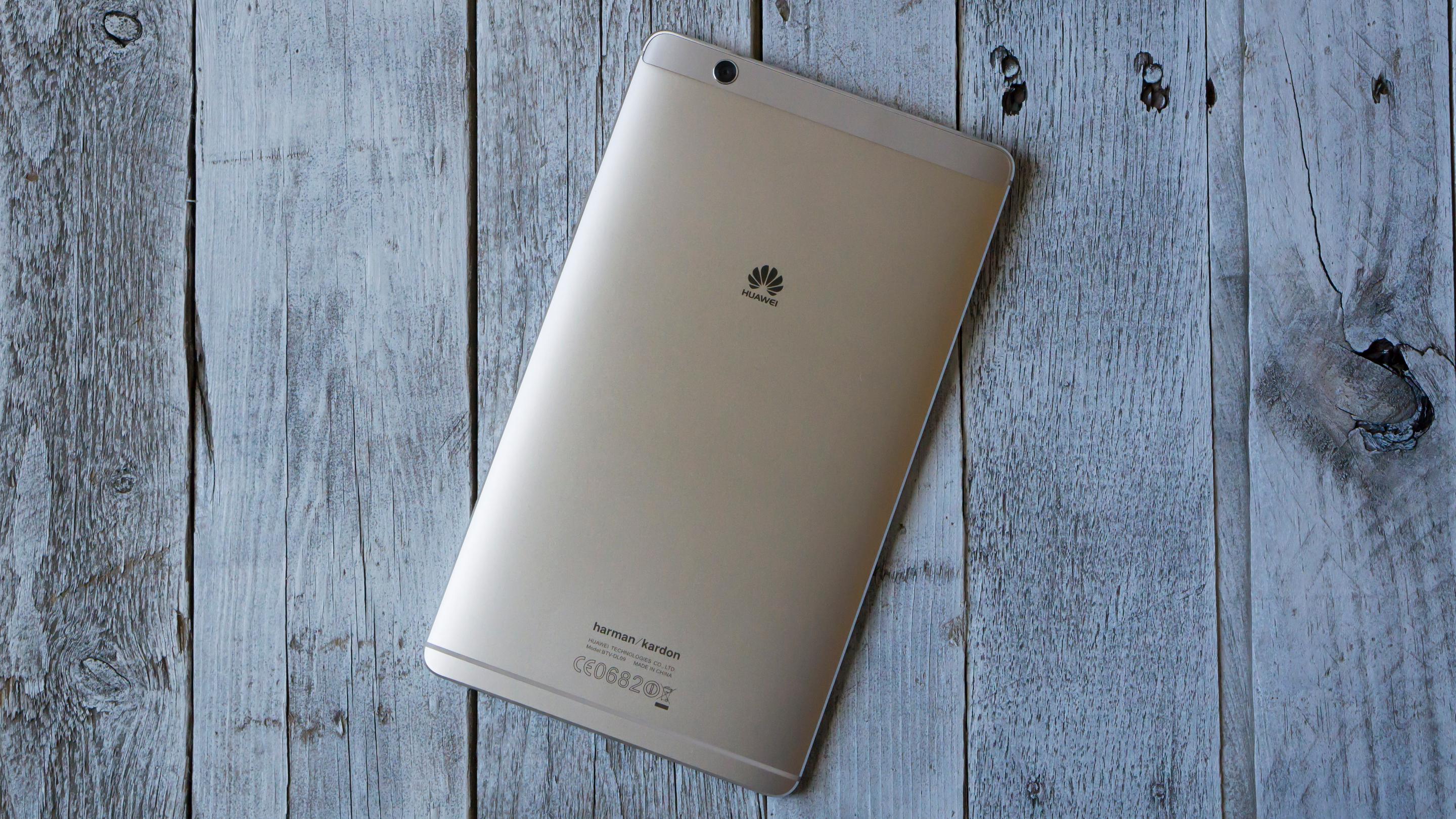
Source: Newatlas.com
Understanding the Basics
Using a SIM card in your Android tablet can provide seamless internet connectivity and the ability to make calls. This guide will walk you through the process of setting up and using a SIM card in your Android tablet.
What is a SIM Card?
A SIM card, or Subscriber Identity Module, stores information about your mobile phone service account. It authenticates and identifies your device on the cellular network.
Compatibility Check
Not all Android tablets support SIM cards. Check if your device is compatible by:
- Checking Device Specifications: Look up the specifications on the manufacturer's website or in the device's manual.
- Inspecting the Device: Physically inspect your tablet for a SIM card slot, usually located on the side or top.
- Checking Carrier Support: Ensure your tablet supports your carrier by checking their website or contacting customer service.
Preparing Your SIM Card
Obtain and Activate
- Obtain a SIM Card: Purchase one from your carrier. Ensure it's the correct size for your tablet.
- Activate the SIM Card: Insert it into your phone or another device to activate it.
- Backup Your Data: Backup any important data on your device before inserting the SIM card.
Inserting the SIM Card
Step-by-Step Process
- Locate the SIM Card Slot: Identify where the slot is located on your tablet.
- Open the SIM Card Tray: Use the provided pin or tool to open the tray.
- Remove Any Existing Card: Carefully remove any existing card.
- Insert Your SIM Card: Place the SIM card into the tray with the gold contacts facing down.
- Close the SIM Card Tray: Push the tray back into its original position.
- Check for Recognition: Restart your tablet if necessary and check if it recognizes the new card.
Setting Up Cellular Connectivity
Configuration Steps
- Go to Settings: Open the Settings app.
- Navigate to Connections: Scroll down and select "Connections" or "Wireless & networks."
- Select Mobile Networks: Tap on "Mobile Networks" or "Cellular networks."
- Enable Mobile Data: Toggle the switch next to "Mobile data" or "Data enabled."
- Select Network Operator: Choose your carrier from the list of available network operators.
- Enable Voice Calls (if applicable): Toggle the switch next to "Voice calls" or "Make calls."
Configuring APN Settings
APN Details
- Go to Mobile Networks Settings: Navigate to the Mobile Networks settings.
- Look for APN Settings: Check if there's an option for APN settings or manual configuration.
- Enter APN Details: Enter the necessary information:
- APN (Access Point Name)
- MMS (Multimedia Messaging Service) APN
- Proxy
- Port
- Username
- Password
- Save Changes: Save the changes.
Testing Connectivity
Ensure Everything Works
- Check Data Connection: Open any app requiring an internet connection to see if you can access the internet.
- Make a Call (if applicable): Try making a call to test voice functionality.
- Check Signal Strength: Go to Settings > Connections > Mobile Networks and check the signal strength indicator.
Troubleshooting Common Issues
Solutions for Common Problems
- No Signal: Ensure the SIM card is properly inserted and recognized. Check mobile data is enabled and you're in an area with good coverage.
- Incorrect APN Settings: Double-check APN settings for any typos or incorrect information.
- Data Not Working: Restart your device or reset network settings (Settings > Connections > Reset network settings).
- No Voice Calls: Ensure voice calls are enabled in your settings and your carrier supports this feature on your device.
Additional Tips
Optimize Your Experience
- Battery Life: Cellular connectivity can significantly drain your battery. Use Wi-Fi when possible.
- Data Limits: Monitor your data usage regularly to avoid going over your limit.
- Carrier Plans: Choose a plan that suits your needs, especially if you frequently travel or need reliable connectivity in areas with poor Wi-Fi coverage.
- Device Maintenance: Regularly update your device's software to ensure you have the latest security patches and features.
